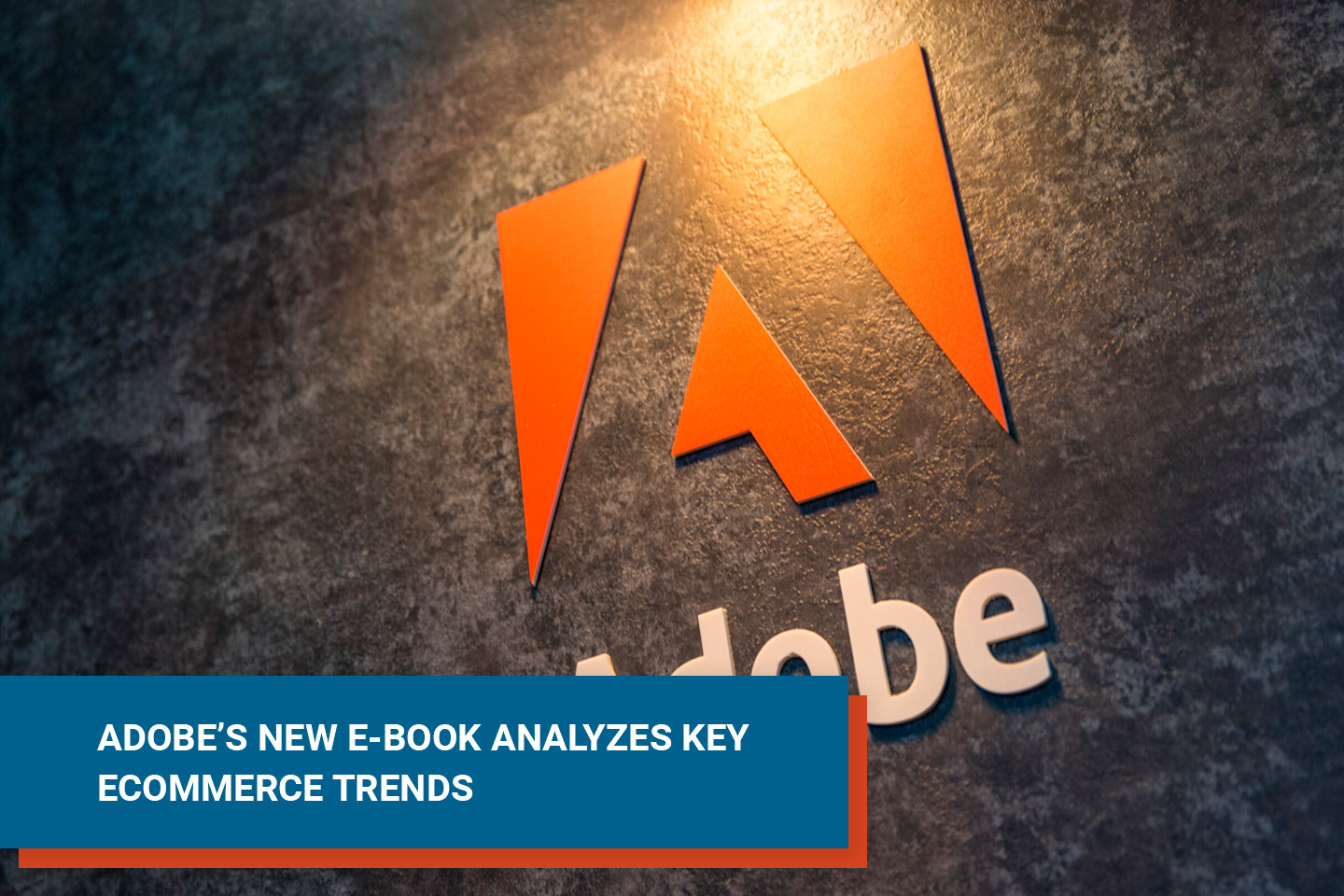Oracle Lays Off Workers: How Merchants Should Respond | PowerSync
 Igor Krasnykh
·
3 minute read
Igor Krasnykh
·
3 minute read

When a company like Oracle lays off workers, many questions arise. The Oracle layoff has made headlines in recent weeks, as thousands of employees in its CX and marketing departments have reportedly lost their jobs. As the cloud applications provider dodges questions surrounding the issue, it’s time for merchants to consider jumping ship.
Why Did The Oracle Layoff Happen?
If you’re wondering, “How many people did Oracle lay off?” — it’s reported to be somewhere around 10,000. Because Oracle has been vague in its public statements, it’s hard to know exactly what led to the Oracle lay off. In fact, according to a report by TheRegister.com, an Oracle spokesperson said the company could not comment on the reported job losses and went on to say that they are still developing the platform. In case you need a little back story, Oracle bought tech company ATG in 2010. As a result, they acquired ATG’s e-commerce engine and subsequently dubbed it Oracle Commerce. The platform was successful at the time, boasting many large retailers like Burberry. According to reporting by TheRegister.com, Oracle released the Oracle Commerce Cloud in 2015, but business began to fade after the company neglected to re-engineer the architecture from the ground up. Essentially, ATG was not originally built for the cloud, and the Oracle Commerce Cloud had a workaround in place while still being connected to its original engine API. While I can only speculate at this point, I have made some observations about the Oracle layoff based on various news reports. From an outsider’s perspective, it seems Oracle engaged in years of complacency when it came to implementing significant improvements or feature upgrades to the Oracle Commerce Cloud. With the platform lagging behind other robust eCommerce options, the outdated infrastructure could have led to a bad customer experience and churned business. Additionally, I see it as a big red flag that a tech giant like Oracle would dodge accountability for the layoff or fail to provide any explanation for it. In fact, rather than addressing the Oracle layoff, a spokesperson pointed out that the Oracle Commerce Cloud was named in the Gartner Magic Quadrant for Digital Commerce in 2019. But why is Oracle alluding to the past rather than addressing the present situation and the future? Their response is nothing short of terrible public relations. TheRegister.com also reported that many laid-off workers admitted that they saw “the writing on the wall” leading up to the Oracle layoff and had begun to lose faith in the platform’s future (even seeking alternative employment). If Oracle’s behavior regarding this matter is any indication of how they treat their customers, would you really want to be one?
Get the most from Adobe Commerce/Magento and Salesforce platform
The Best eCommerce Platforms to Consider after The Oracle Layoff
During the past couple of years, my company has spent a great deal of time analyzing eCommerce platforms and their features. Whether you’re a current Oracle merchant or are shopping for the right eCommerce solution, here is a quick rundown of a few alternatives.
Adobe Commerce (formerly known as Magento) is a feature-rich platform that accommodates merchants of all sizes, but i’s a favorite for enterprise-level businesses. It offers a free open source option as well as a paid version, which are options that can be weighed based on business needs.
With Adobe spearheading the platform’s future, expectations are high for ongoing advancements. For example, Adobe Commerce has placed a focus on offering a headless infrastructure, which decouples the front and back-end systems and enables content to be displayed on a variety of screens (like kiosks and smartwatches).
The Salesforce Commerce Cloud prides itself on being a fast, flexible eCommerce solution that empowers merchants to personalize every interaction. That’s no surprise, as Salesforce has already built a solid reputation for personalization capabilities through its world-class customer relationship management (CRM) platform. Along with many other features, the platform allows merchants to digitize sales, automate orders and offer content-rich experiences to global audiences.
Shopify Plus is known as a convenient plug-and-play eCommerce solution with several appealing features. It is well regarded for its ease of use and can be an ideal platform for beginners. Shopify is geared toward small and medium-sized ventures. On the downside, I’ve seen some merchants scale to a point where Shopify can no longer accommodate them — which can spur the need for an expensive and cumbersome re-platforming process. Shopify also offers headache-free hosting on all plans, and it holds the leading position when it comes to “hosted all-in-one” platforms.
If you’re concerned about the Oracle lay off, SAP Hybris is another reputable eCommerce platform to consider. Its versatility allows for omni-channel B2B and B2C commerce. With its built-in search engine optimization (SEO) features, merchants are able to achieve optimal visibility so they can close more deals. The platform also offers native subscription order management, so merchants can seamlessly accept recurring payments.
Next Steps: How Can You Navigate the Oracle Layoff?
Don’t take a risk with your business. All merchants deserve an eCommerce solutions provider that is confident in their operations and future plans. During my time as an eCommerce magician, I’ve discovered there is no one-size-fits-all approach to choosing the right platform. Every merchant has its own unique set of needs that must be addressed on a case-by-case basis. I love seeing every merchant succeed in their business, and It’s my passion to help guide them when it comes to choosing the optimal tech stack that meets all of their requirements. If you aren’t sure where to begin when it comes to choosing an eCommerce platform, I invite you to schedule time on my calendar for a risk-free conversation that will help guide you in the right direction.




